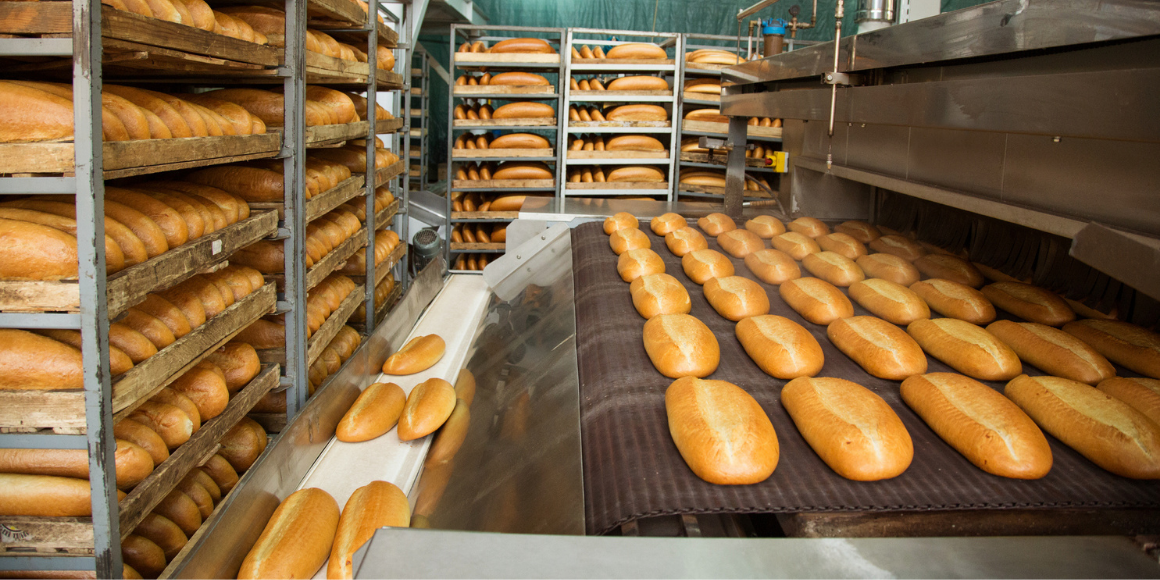Within food processing and manufacturing, production managers and line supervisors are under constant pressure to increase throughput and lower production costs. The issue continually arises at production meetings and in day-to-day conversations.
Most managers are constantly wondering how to get more production through their lines using existing equipment. Processors that successfully achieve high product throughput levels can keep costs low and remain competitive. Companies must continuously take action to lower costs and increase throughput.
To successfully bring about significant internal change, managers must develop solid and effective plans that focus on specific areas for improvement. And developing effective plans means basing action items on high-quality, real-time performance data. The data must include how the lines are running and where areas of improvement can be found. Worximity Technology is the industry leader producing and installing food processing performance monitoring systems. Our Smart Factory analytics software provides manufacturers with KPIs that lead to improvements in many areas, including throughput, across their operations.
One important KPI generated by our Smart Factory analytics is overall equipment effectiveness (OEE). This measure tracks how effectively equipment is being used and aggregates three real-time operating values: performance, availability, and quality. By analyzing OEE results, manufacturers can determine the effectiveness of equipment and identify areas for increased throughput.
Worximity offers an OEE trial to demonstrate just how effective the measure is in showing equipment efficiencies and improvement opportunities. Our system provides data that not only includes OEE but also helps carry out analysis to accomplish these five goals.
1. Conduct Preventive Maintenance and Reduce Downtime
There are multiple causes for downtime, and Worximity's Smart Factory analytics system captures them all, including micro-stops. Problems causing the largest amount of downtime should be analyzed first. Often, equipment breakdowns result in excessive downtime; in these cases, examine the preventive maintenance program for the equipment. Making positive changes to maintenance procedures can increase production uptime.
2. Reduce or Eliminate Low-Profit SKUs and Replace Them with New or High-Profit Items
Companies often maintain products in their product mix so long as those products contribute something to margins, even if sales are low. Low-margin, low-volume items can absorb factory resources and should be analyzed in light of product alternatives. Creating new products can not only improve margins and increase throughput but also refresh the company’s product offerings.
3. Analyze Process Changeovers for Increased Efficiencies
Reorganizing product line changeovers to reduce equipment downtime can lead to a dramatic increase in line availability. The time saved as a result can be used for additional production, effectively increasing throughput.
4. Eliminate Product Flow Bottlenecks
A production bottleneck is the slowest operation in a sequence of processing steps and represents an excellent opportunity to increase throughput. Regardless of the throughput of other steps in the process, the entire line runs at the pace of the bottleneck or slowest operation. Equipment both upstream and downstream of the bottleneck will have to slow down to match the bottleneck operation's throughput. Consider altering the layout and flows to better balance equipment processing rates. Improved throughput can often result from relatively low-cost changes.
5. Analyze Production Order Scheduling, Customer Demand, and Line Balancing
When production orders are created, planners should consider customer demand, finished goods inventory balances, line capacities, and available raw materials. Mismatching orders with demand can mean lost time, excess finished goods inventory, late deliveries, and risk of spoilage. Ensuring good balancing and careful product scheduling helps increase throughput, keeps lines moving, and improves customer relations.
Install Smart Factory Software to Improve Throughput
When your company implements Worximity’s Smart Factory analytics system, you can begin to receive operating data that tells your employees exactly how the lines are running and highlights areas in need of improvement.
Worximity's systems utilize real-time data collection sensors (TileConnect) that capture actual production data as the line is running and transmit the data to the cloud. Then, our Smart Factory analytics software calculates KPIs, including throughput, and presents the results on monitors (TileBoard) located across the factory floor. Data results are configurable and can be displayed on desktops, laptops, handheld devices, or phones, depending on client requirements.
Worximity Technology’s Smart Factory analytics system helps companies reduce downtime, identify low-performing products and equipment, and eliminate bottlenecks. Developing and tracking OEE is essential for companies seeking to improve their throughput and bolster their bottom line.
Take advantage of Worximity’s OEE trial to understand the benefits of implementing Smart Factory software. If your company qualifies, you’ll get everything you need to monitor OEE in real time at your factory.






